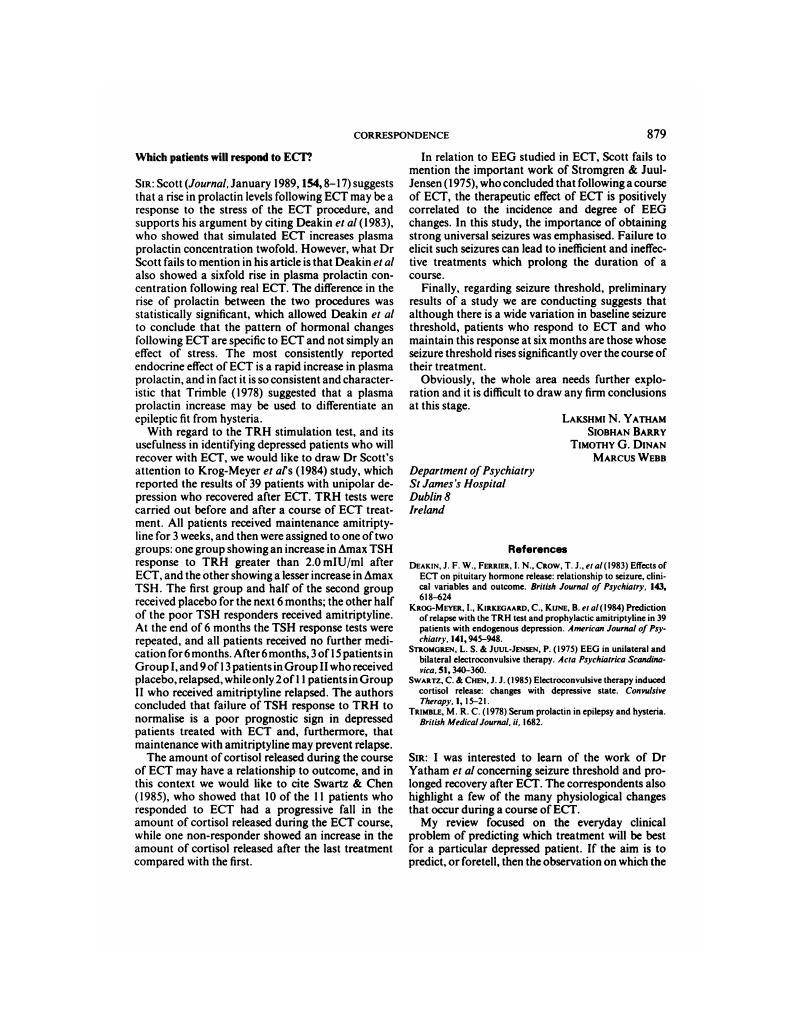Crossref Citations
This article has been cited by the following publications. This list is generated based on data provided by Crossref.
Sackeim, Harold A.
Devanand, D.P.
and
Prudic, Joan
1991.
Stimulus Intensity, Seizure Threshold, and Seizure Duration.
Psychiatric Clinics of North America,
Vol. 14,
Issue. 4,
p.
803.




eLetters
No eLetters have been published for this article.